Looking for flowers you can grow and eat? This article will introduce you to some of the best options.
Have you ever thought of the possibility of sprinkling colorful flower petals in a salad or floating them in your soup? This is what edible flowers are all about. They are a fun way to add color and flavor to your favorite dishes – you just need to pick them from your garden and add them to your recipes!
Eating flowers is a very old habit, going back to the Chinese of 3000 B.C. until the Romans began adding violet and roses to their sauces. This practice is still going strong today with restaurants and top chefs using herbal flowers to make their dishes unique.Edible flowers feature a wide variety of foods, from soups to salads to cocktails and desserts.
You can eat them as vegetables, as a meal addition, or you may use them as herbs. Oftentimes, a single petal can enhance the flavor of a dish tenfold.
You can eat most flowers raw by simply picking and rinsing them thoroughly. Nevertheless, there are two important things to bear in mind if you are planning to deal with edible flowers:
Some flowers are very poisonous, and you must not eat them. If you are not an expert on edible flowers, do your research and read manuals before venturing out to the garden.
Avoid flowers that have been sprayed with herbicides or pesticides. Do not buy from random shops or garden centers, and always double-check that the flower you want to put on your table is pest-free.
Ideally, you should plant your own edible flowers rather than buying them from outside shops. By doing this, you will be able to keep control over the planting, growing, and harvesting of your edible flowers. Organic or not, always shake and wash your plants in cold water before use – this will eliminate potentially harmful insects.
Why Grow Edible Flowers?
There are many reasons why you should add edible flowers to your garden collection.
A flower’s job is not just to be pretty, but it can also add a touch of color and exotic flavors to your dishes. After all, why should you decorate with sprinkles when you can use petals as well?
Flower cookery was popular among many different cultures: from Roman to Chinese to Middle Eastern to Indian. Today, many high-level chefs and quality restaurants garnish their menu with flower blossoms, giving their meal a delicate taste and a touch of elegance
It is best to harvest your flowers after they are grown, but make sure they do not wilt. At this point, they are ready to give your recipes a peak of freshness. Once you harvest, place the flowers in a cool place – preferably the refrigerator, until you are ready to enjoy them.
WORD OF CAUTION: Please do research your flowers thoroughly before considering them edible. Do not assume that all flowers are safe to eat – some may be highly poisonous.
10 Flowers You Can Grow and Eat
Growing edible flowers is just as easy as growing other herbaceous plants. Although you can find some varieties at a garden center, most plants grow directly from seeds. As you set up your seed-starting mix, label each sprout because they will all look the same until they bloom.
If you are ready to grow your edible flowers but you do not know what to pick, check out the guide below!
1. Agastache
Agastache is also known as licorice mint for its striking purple flowers that you can scatter in salads and fancy drinks for an explosion of flavors. This edible flower comes in a variety of colors and the many tiny florets that build up the bloom give it a fuzzy appearance.
Agastache is a great addition to jams, jellies, and conserves. Its aromatic leaves are fully edible; you can sprinkle them in salads, use them to decorate cakes and drinks, or simply let them float in tea.
Growing this flower is very easy – full sun and well-drained soil will be just enough. You can either plant it indoors during colder months, or simply wait until Spring to set the seeds up outside. If you first plant indoor and then transplant in early Summer, your flowers will grow more quickly.
2. Begonia
Begonias exist in two varieties, tuberous and wax, and both have edible flowers with a sour, citrus-like taste. The colorful petals are a great decoration for salads or even as a cake topping.
If you live in an area with tropical climates, you can plant begonias directly outdoors. Otherwise, simply bring them indoors when temperatures are cooler. Make sure they grow in multi-purpose compost in dappled sunshine, watering regularly. These flowers thrive in partial shade – too much sun will burn the foliage.
3. Borage
Also known as starflower, borage is one of the prettiest edible flowers, popular for its furry leaves and blue, star-shaped petals. Borage’s cool taste reminds of cucumber, so it is a perfect add-on for summer lemonades, sorbets, or a gin & tonic. It also works very well as a garnish for gazpacho, chilled soups, or salads.
Borage is very easy to plant. It does not require any special treatment and it blooms from late spring through summer, thriving even in dry soils. This herb grows from seeds, but it needs a well-tilled soil full of nutrients before reaching maturity – in about eight weeks. Remember to deadhead the plants, otherwise, they will start declining.
4. Hibiscus
Hibiscus is made of large blossoms that grow in tropical and subtropical regions.
You can easily recognize hibiscus flowers for their width – up to 6 inches (15 cm) in diameter. They also exist in a variety of colors, mainly, white, yellow, and various shades of pink. What makes hibiscus petals unique is their cranberry-like flavor, excellent for teas and cocktails.
Hibiscus is not only meant to be an ornament. Using this flower for culinary and medicinal purposes traces back to the Roman Empire. Today, you may see hibiscus among relishes, jams, or salads.
5. Calendula
The taste of Calendula flowers, also known as “poor man’s saffron”, ranges from peppery to bitter. Its petals add a bright yellow tint, almost like saffron, coloring soups, and salads. You can sprinkle petals of calendula on many dishes, from rice to herb butter to scrambled eggs. Remember that only the petals are edible.
Calendula is also very famous for its beauty benefits. It is great for inflammations and as an antioxidant. It also nourishes the skin, protecting collagen and elastin supply. You should plant this flower in the spring and a fully sunny location. Alternatively, start planting the seeds in the fall and wait until the weather warms up to see them grow.
6. Chamomile
Chamomile is famous for its calming properties and pretty daisy-like flowers. Although leaves are a good option for a bitter flavor, most people prefer using the bright yellow centers to add a milder flavor to green salads, soups, or oatmeal. Chamomile is great both fresh or dried and will make tea taste vaguely like apples.
You can plant chamomile from seeds or plants, ideally in the Spring. This herb thrives in cool temperatures and dry soil, so you should plant it in a partially shaded area. If the weather gets too dry, simply water the soil from time to time.
WORD OF CAUTION: drink chamomile tea in moderation, and make sure you are not allergic to any ragweed, as it may cause heavy skin reactions. Always eat pest-free flowers that were not sprayed with herbicides.
7. Lavender
This beautiful herb flower is famous for its sweet flavor with citrus notes. You can pull lavender petals in clusters and sprinkle them over a cake, ice creams, or even in a glass of chilled champagne. Just make sure you use this flower with caution to avoid making your dishes too savory.
WARNING: do not use lavender oil in your dishes unless you are sure the oil is culinary safe and spray-free.
If you are thinking of growing lavender in your garden, this flower does not bloom easily from seeds. It is best to use cuttings or to purchase directly from a garden center. Lavender grows best in cool or dry weather. Keep the soil well-drained and ensure that the plant is exposed to full sun.
8. Rose
Aside from their beautiful colors, roses are edible too. Despite the intensity of its perfume, rose petals are sweet with slight tones of mint and spice. All roses are edible, but you need to cut off the bitter white base from each petal. Make sure you only eat organic rose flowers – preferably from your garden.
If you happen to have mini roses, they are perfect to garnish ice creams and desserts, while you can sprinkle larger petals on desserts or salads. You can also freeze petals into ice cubes, or add them to syrups, jellies, or perfumed butter. If you cannot grow roses yourself, buy them from a reliable source, checking that they are pesticide-free.
9. Squash Blossom
Squash and zucchini are not only unique for their taste but also their varieties of edible flowers. Unlike the female flowers, male squash does not produce fruits, making it the best culinary option. They are great with raw salads or even stuffed with other ingredients such as herbs and goat cheese. Tempura fried squash is one of the most popular ways to eat this flower.
You can plant squash in late Spring when the soil is already warm. The best way to sow the seeds is to group them in hills, planting up to three seeds per hill, and then cut your hills into squared patterns later on.
10. Daisy
Daisies can be used in many ways. Despite their bitter flavor, these low-growing flowers can garnish salads, soups, or you can add the petals and leaves into a tea. The flower bulbs are very decorative or can substitute capers if you pickle them. The blooms are also a great insect repellent.
Tips for Growing Edible Flowers
Edible flowers are a great alternative to traditional herbs, and they bring a touch of originality to your meals, drinks, and desserts.
Growing edible flowers is not difficult, as long as you plant the seeds at the right time of the year, allowing them to grow. Ideally, you may want to grow your own edible flowers. This will decrease the risk of intoxication from pesticides.
If you need to use pesticides, only pick products that are specifically designed for edible crops. The main thing is to eat flowers when you have fully confirmed that they are edible. Reference books can also help you choose what edibles to consume.
The best time to pick edible flowers is the early morning, as their water content is at higher levels. Once harvested, place them in a dampened paper towel and then straight into the fridge for at least a week. Right before eating, remove the stamens and styles from your flowers. If your flowers are wilted, float them in some ice water right before serving.
You should start introducing one flower to your diet at a time. Too many new flavors may disturb your digestive system.
If you are ready to expand your garden collection, wait no more and start to embellish your dishes and recipes with edible flowers!

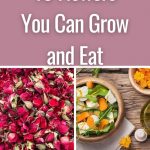
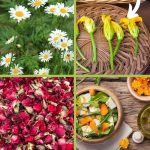
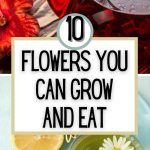
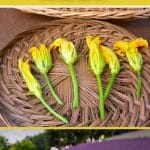
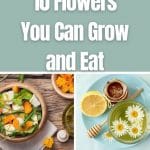

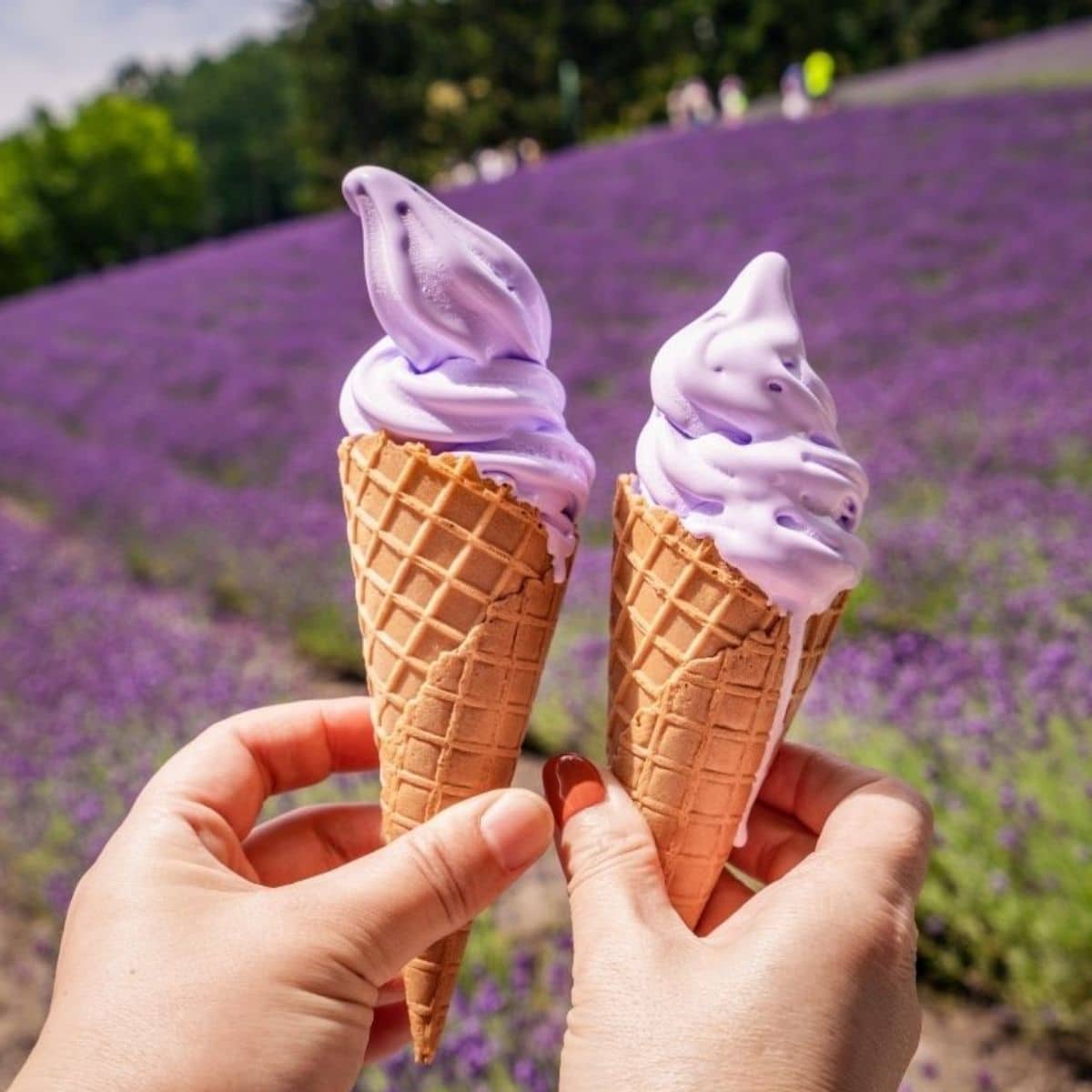
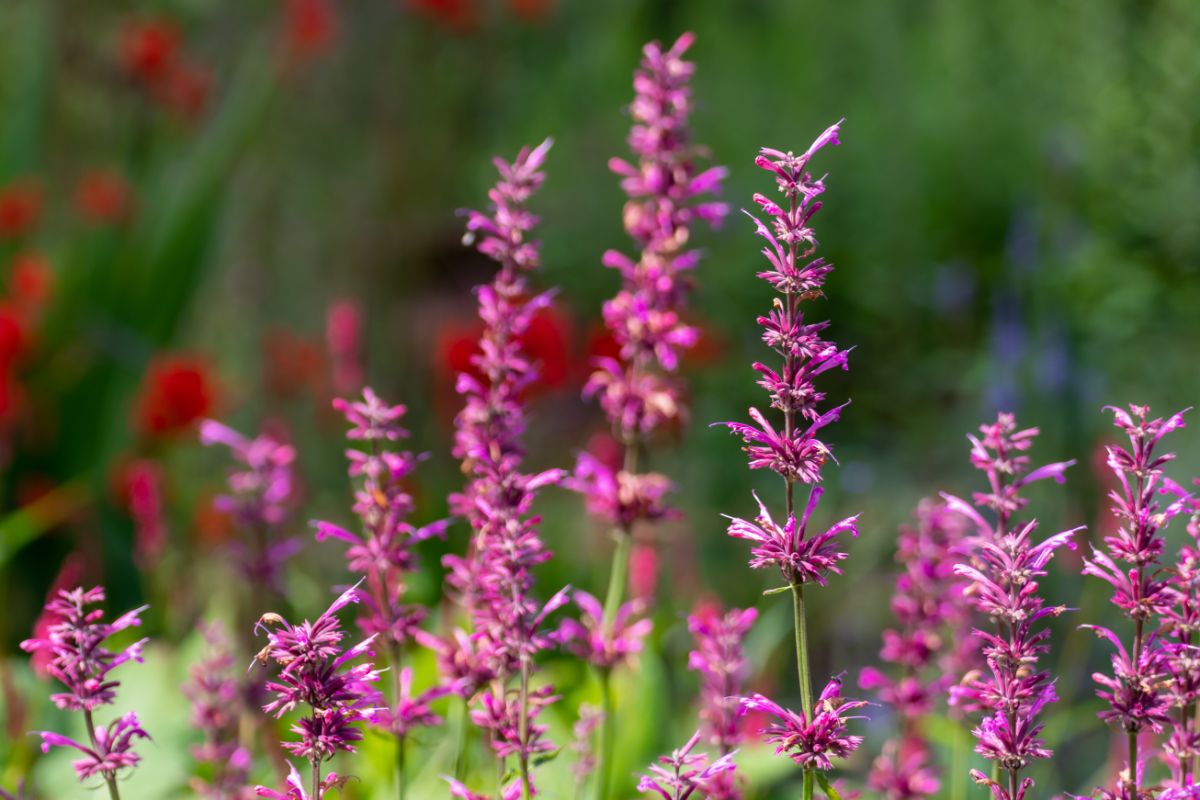
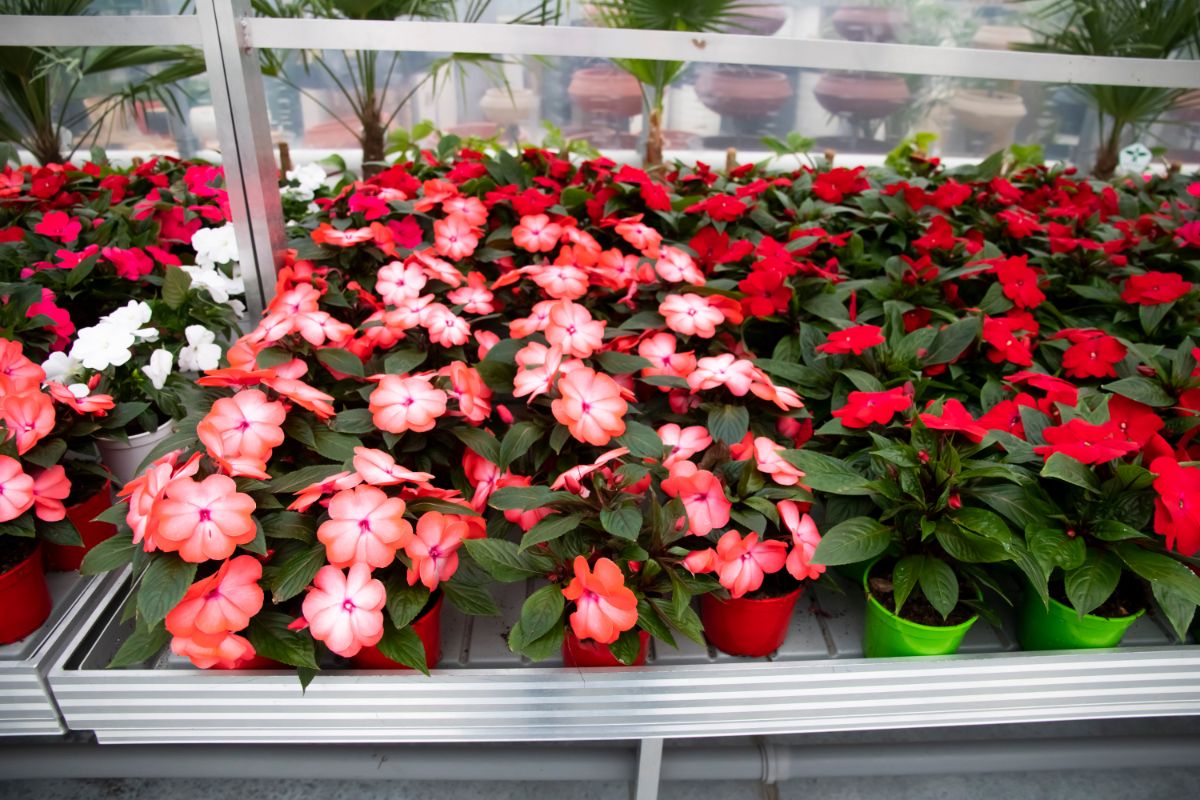

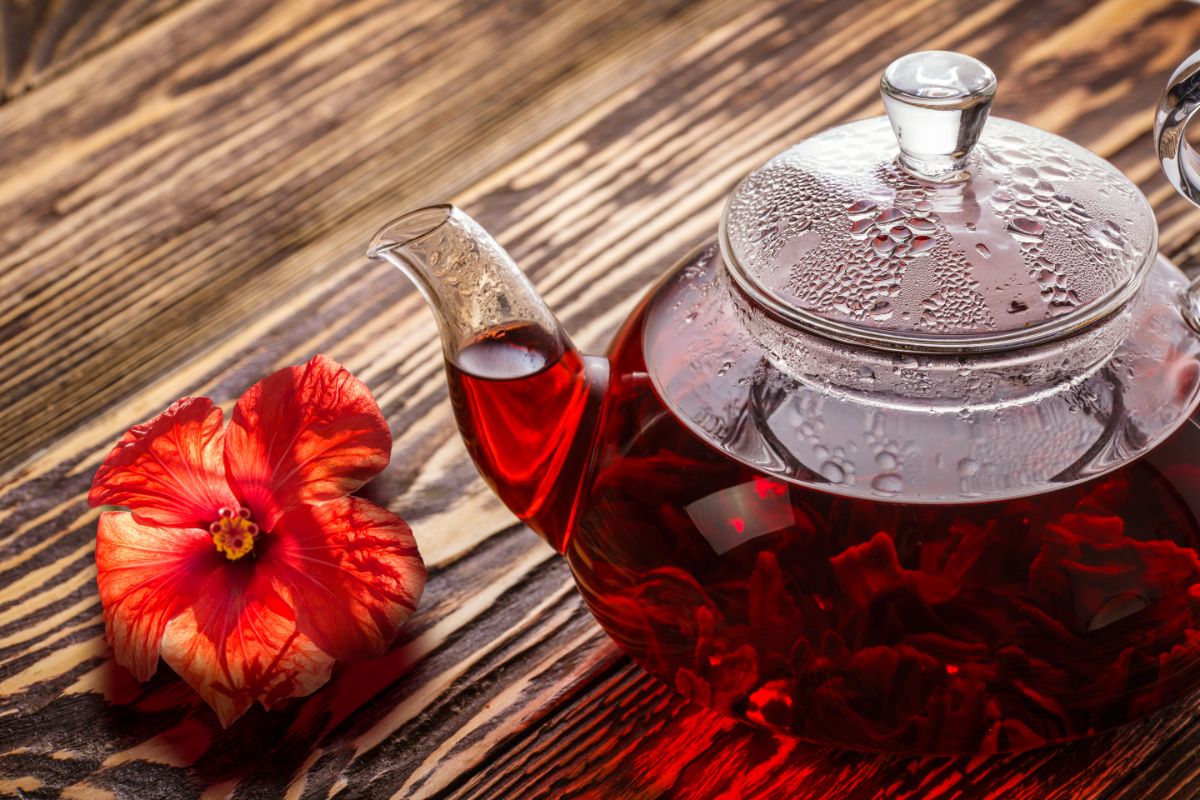
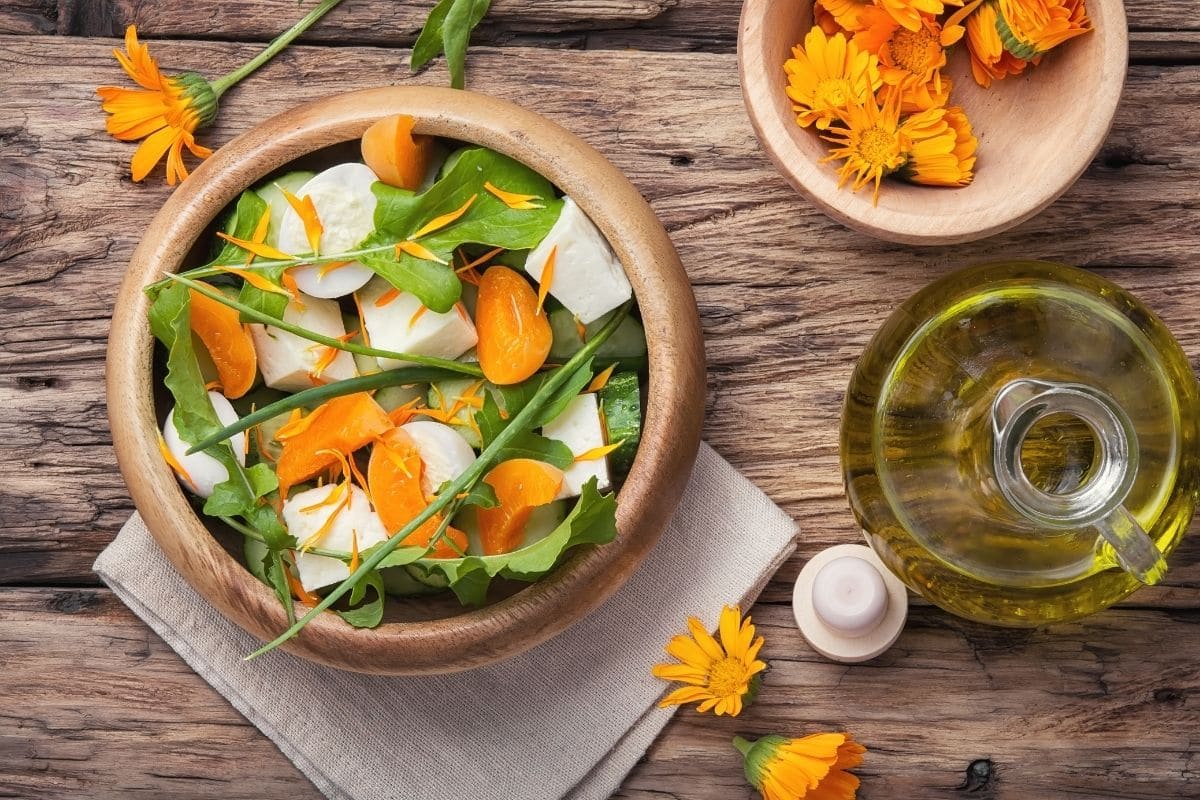
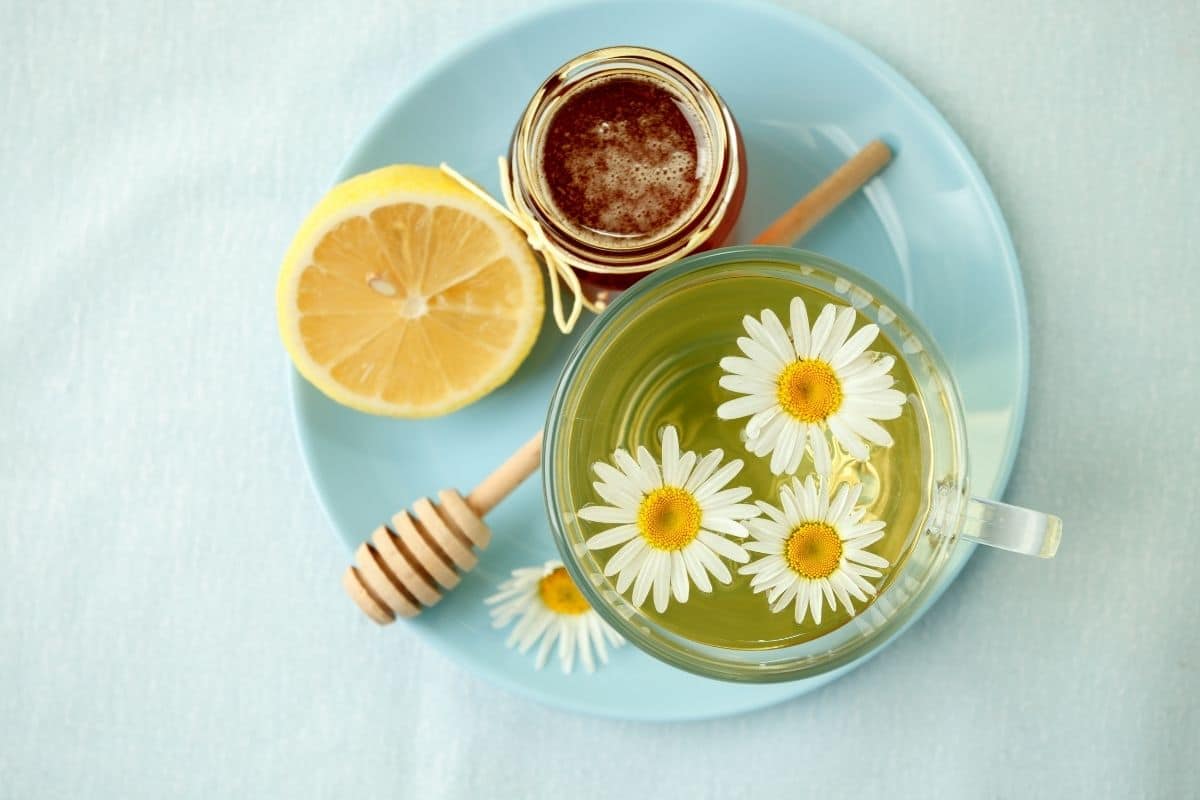
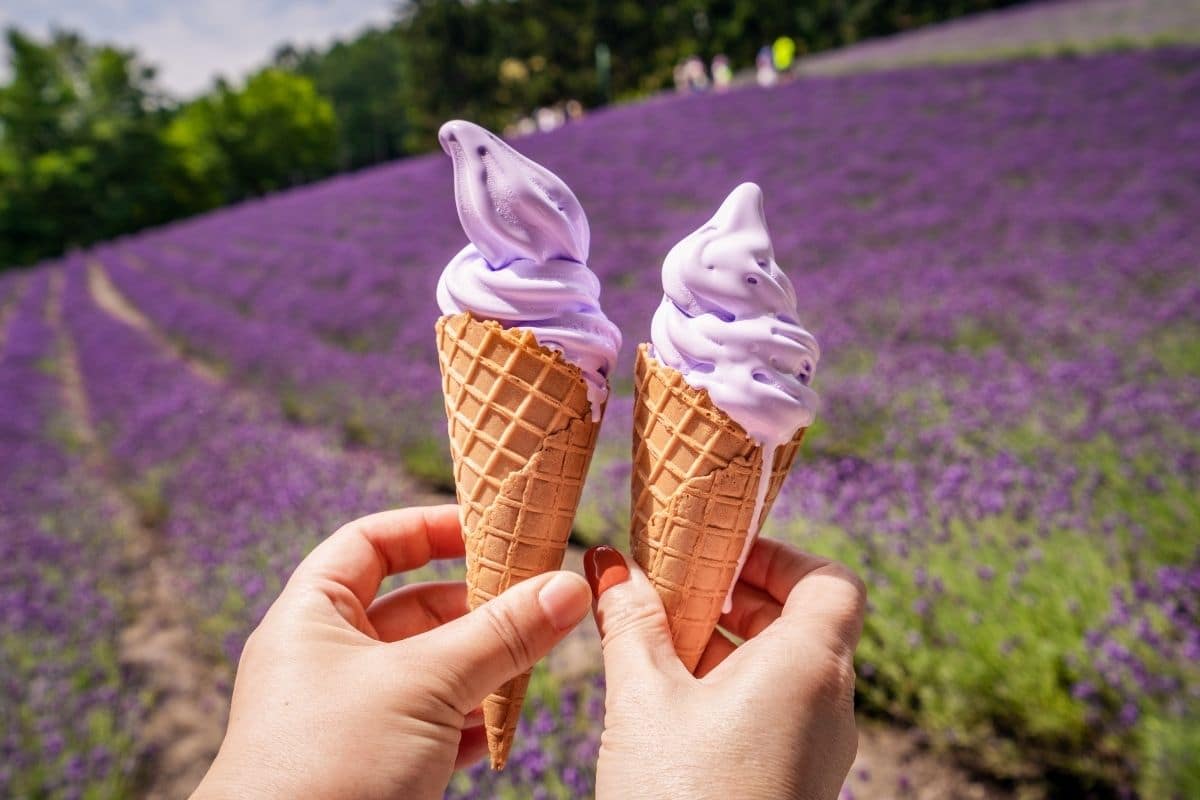
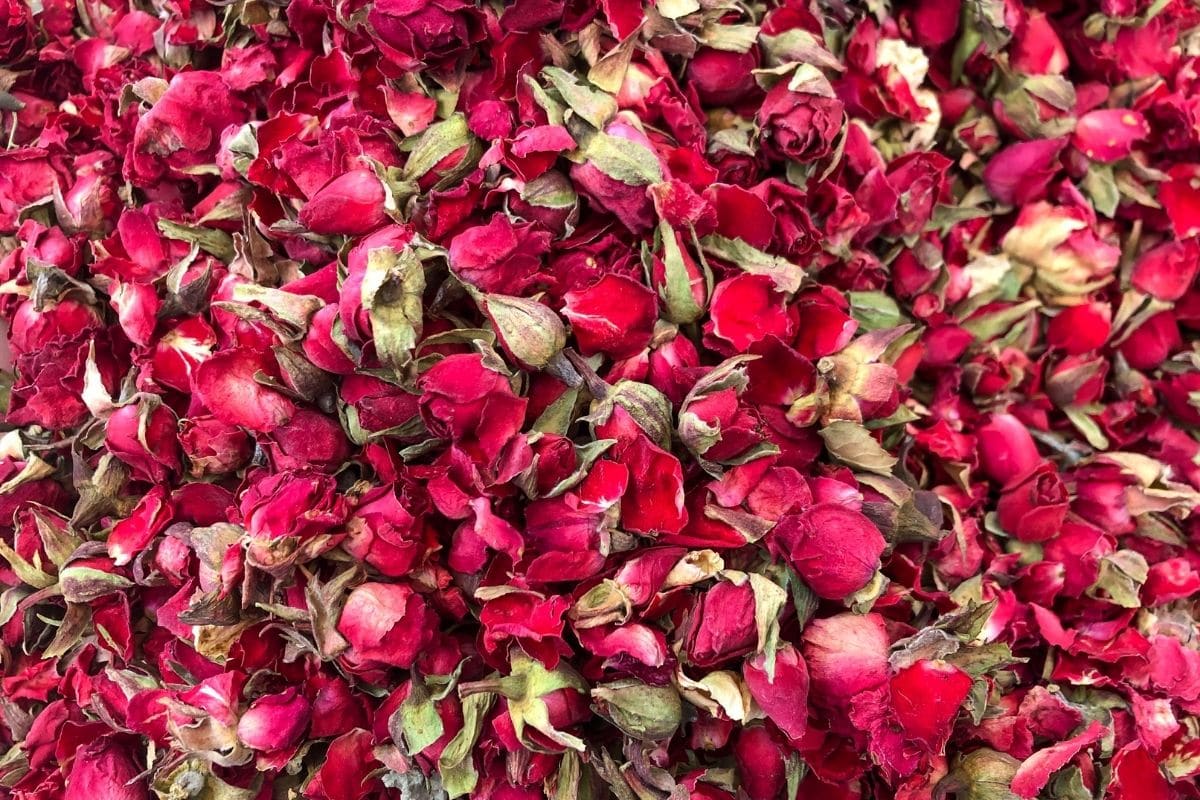
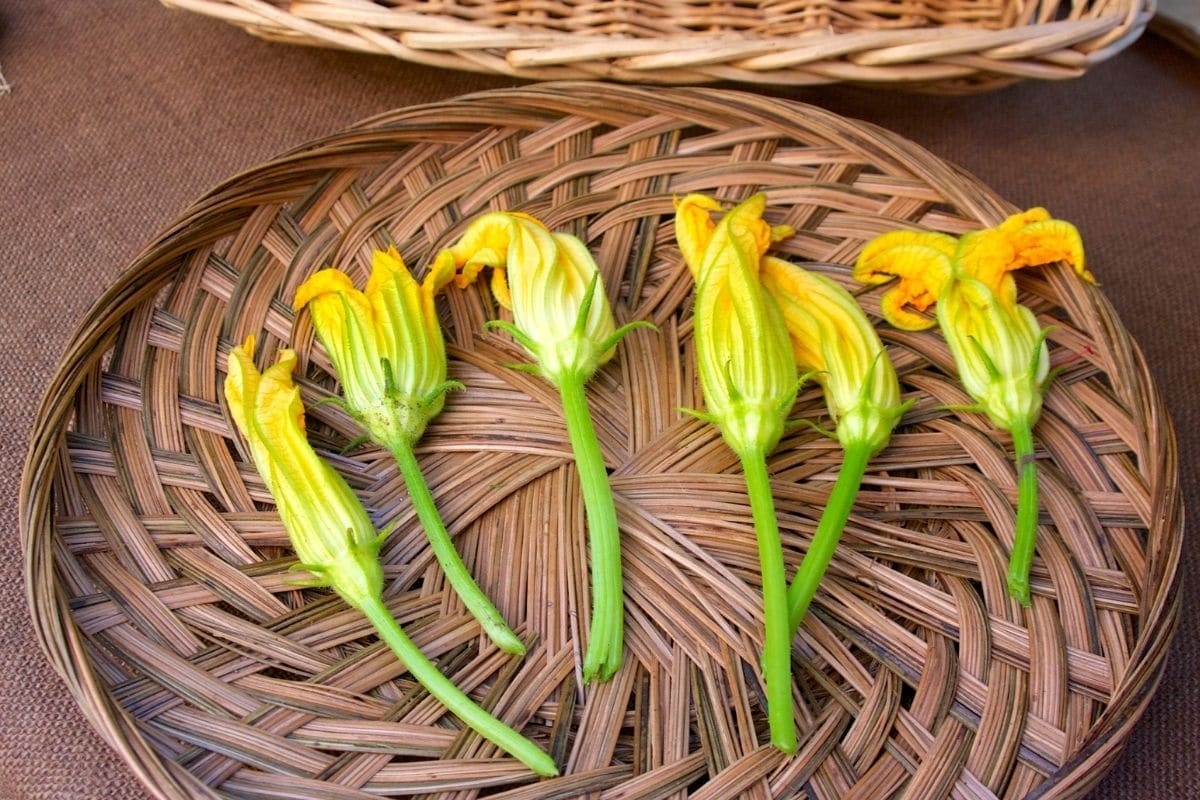
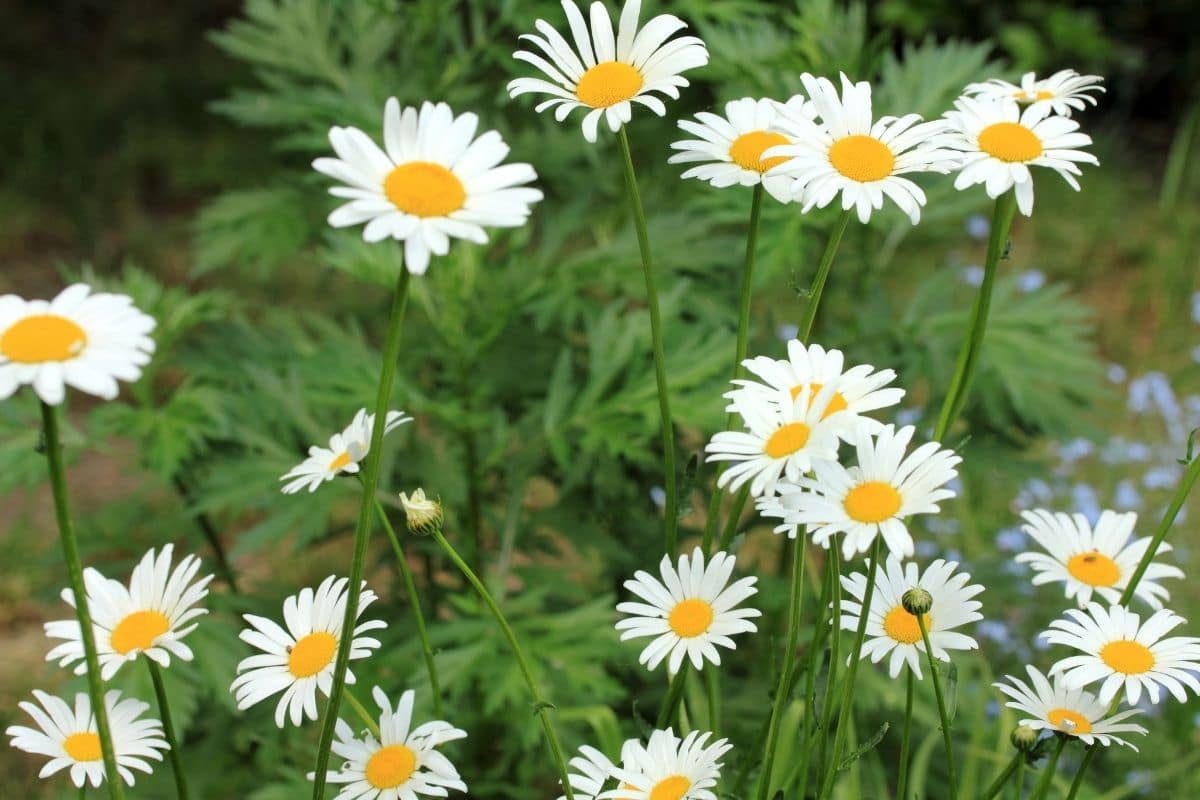


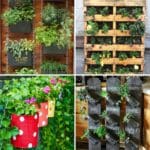

Rebecca Payne
So many good ones to grow. Thank you for sharing.